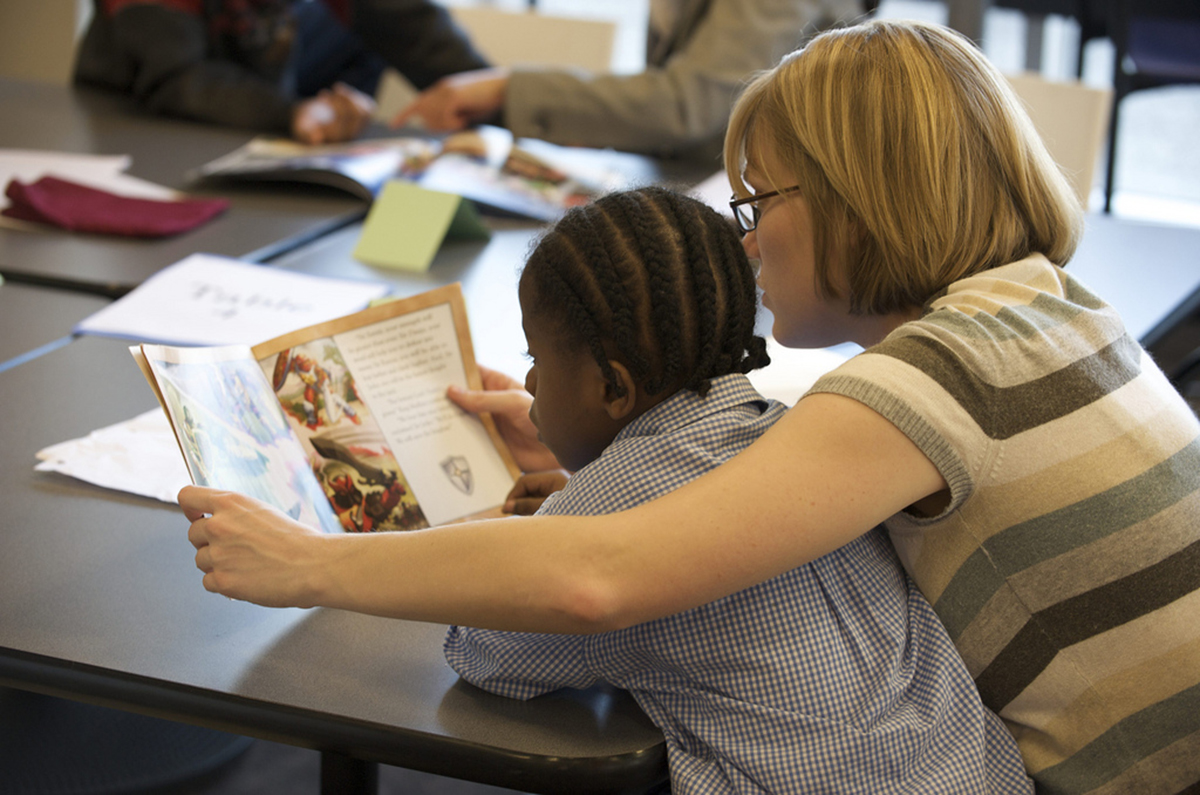Table of Contents
CAPD Symptoms By Age
Central Auditory Processing Disorders can affected adults and children alike. In children, the apparent inability to pay attention frequently leads to a misdiagnosis of ADHD or ADD. Indeed, these attention-deficit disorders have been shown to coexist with CAPD quite often, making the correct diagnosis even more difficult. Another major problem is the fact that testing will usually reveal the child has normal hearing, though sounds are not processed correctly. So, what are the symptoms of CAPD in childhood?

During early childhood kids with CAPD are likely to have delayed speech, will not comprehend verbal communication easily, have trouble differentiating meaningful sounds and background noises, and demonstrate an unusual sensitivity to sounds. They will not focus on a person's voice like most other kids, and confuse similar-sounding words.
Once a child with CAPD reaches school age, people around them may notice an inability to understand verbal directions, remembering names, understanding people who speak quickly, and understanding speech in noisy environments. They may appear to ignore those who address they when focused on something (they can't hear what's being said), and have trouble learning new words or finding the right words to use in everyday speech.
Teens and adults with CAPD may speak much louder than average, can't remember lists or memorize long blocks of text, ask for speech to be repeated, and takes words very literally. Like their younger counterparts, functioning in noisy environments is a problem for teens and adults with CAPD. They may seek out quiet working environments and use adaptive strategies to cope with lengthy oral presentations.
Diagnosing CAPD
Testing that will eventually lead to a CAPD diagnosis may be be pursued in children for the following reasons:
- The child doesn't appear to be hearing properly
- The child has difficulty with reading, spelling, or speech
- The child can't tell the difference between similar sounds
- The child doesn't seem to be able to focus or follow directions
All of these symptoms can indicate any number of disorders, so a multi-disciplinary diagnostic team is essential if the correct diagnosis is to be obtained. A developmental psychologist and speech-language pathologist may both be useful during the process, but an audiologist should make the final diagnosis.
The audiologist administers a number of tests in a specialized, sound-treated space. During these tests, the child will be asked to respond to a variety of auditory stimuli in a variety of different ways. Physiological reactions to sounds may also be noted. Once CAPD is diagnosed, the audiologist will look at the sub-types or profiles — the areas with which the child is struggling.
See Also: Does Easy Distraction Mean ADHD?
Diagnosis enables children — and their parents and caregivers — to make accomodations and develop strategies to cope with the problem areas. The environment may be adjusted, in the form of a quieter space or sitting closer to the teacher in a classroom. The individual's reaction to challenges may also be adapted. Recording verbal presentations can allow someone to listen to the same information again, for instance, and asking others to rephrase statements may also aid comprehension.
Treatment activities that seek to remedy CAPD itself do exist and are still being developed. The treatment plan should always be highly individualized and specifically address the challenges the person is facing. With time, diagnosis and treatment can improve both the impact of CAPD and the way in which a person deals with it.
- Photo courtesy of Montecruz Foto by Flickr: www.flickr.com/photos/libertinus/2588705190
- Photo courtesy of US Department of Education by Flickr: www.flickr.com/photos/departmentofed/9605580633


Your thoughts on this